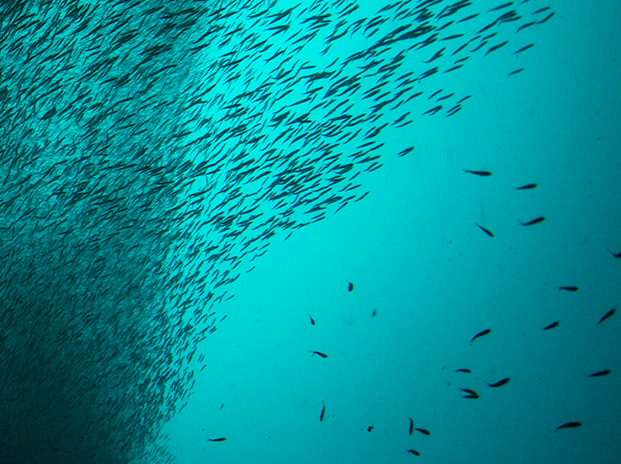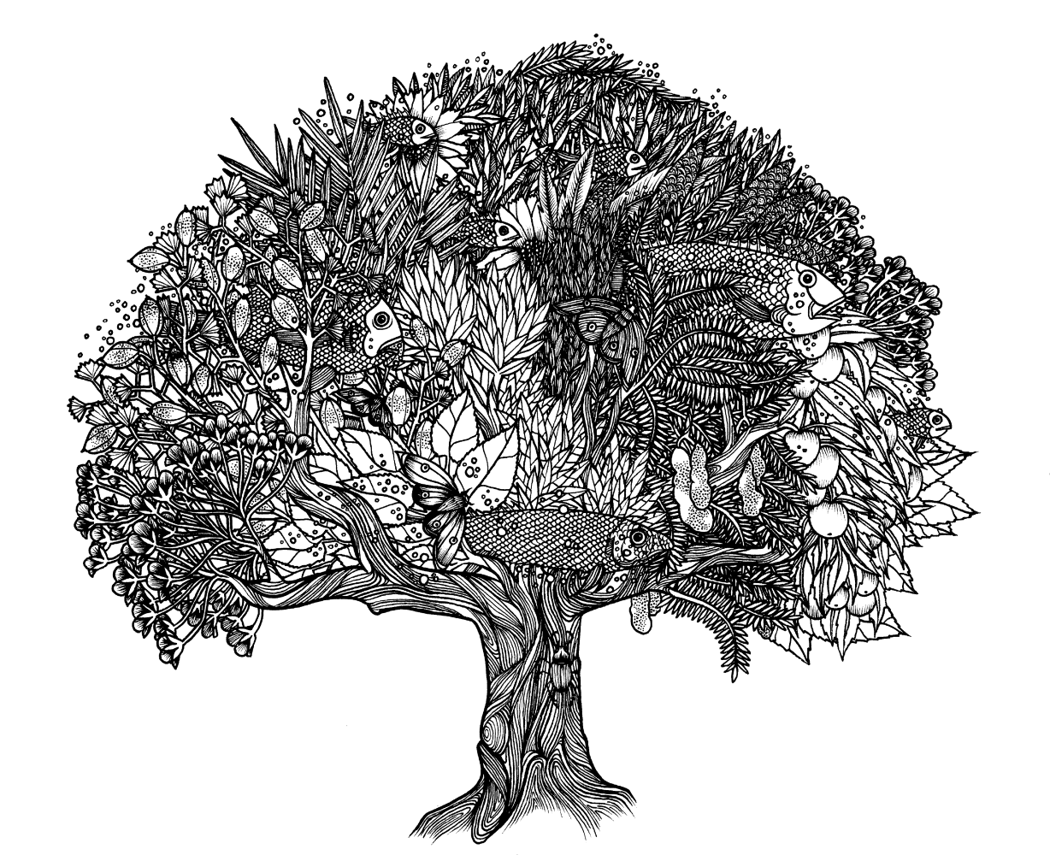How much wild fish is needed to feed farmed fish?
Skretting now has the knowledge and R&D to produce Atlantic salmon feeds requiring zero fish meal, and zero fish oil. We invest in R&D that provides full flexibility. Our consistent and ever-evolving R&D efforts ensure that we are also minimising our use of finite raw materials, such as fish meal and fish oil. In fact, in 2017, Skretting launched MicroBalance Infinity – a concept proving that a salmon can be grown from 1kg to harvest using zero fish meal or fish oil. The MicroBalance concept was launched in 2010 when Skretting was first able to reduce fish meal in our feeds without negatively impacting the health and performance of the fish, and continues to be pivotal in expanding our knowledge in other species.

Marine ingredients
MicroBalance®: an innovation in aquafeed production
Aquaculture production will need to more than double between now and 2050 to meet the demands of a growing population. At the same time, we need to reduce the pressure put on the planet’s resources. How can we grow sustainably? Basically, we need to produce more from less. That’s where MicroBalance® enters the scene.
Using technology that is based upon our latest understanding of essential micronutrients and how they interact with fish and shrimp, MicroBalance® allows us to replace one feed raw material with another without impacting performance, welfare or end-product quality.
Crucially, this innovation, which is the result of several years' research conducted by the Skretting Aquaculture Research Centre (ARC), enables us to produce feeds with much lower fishmeal content across several major species.
